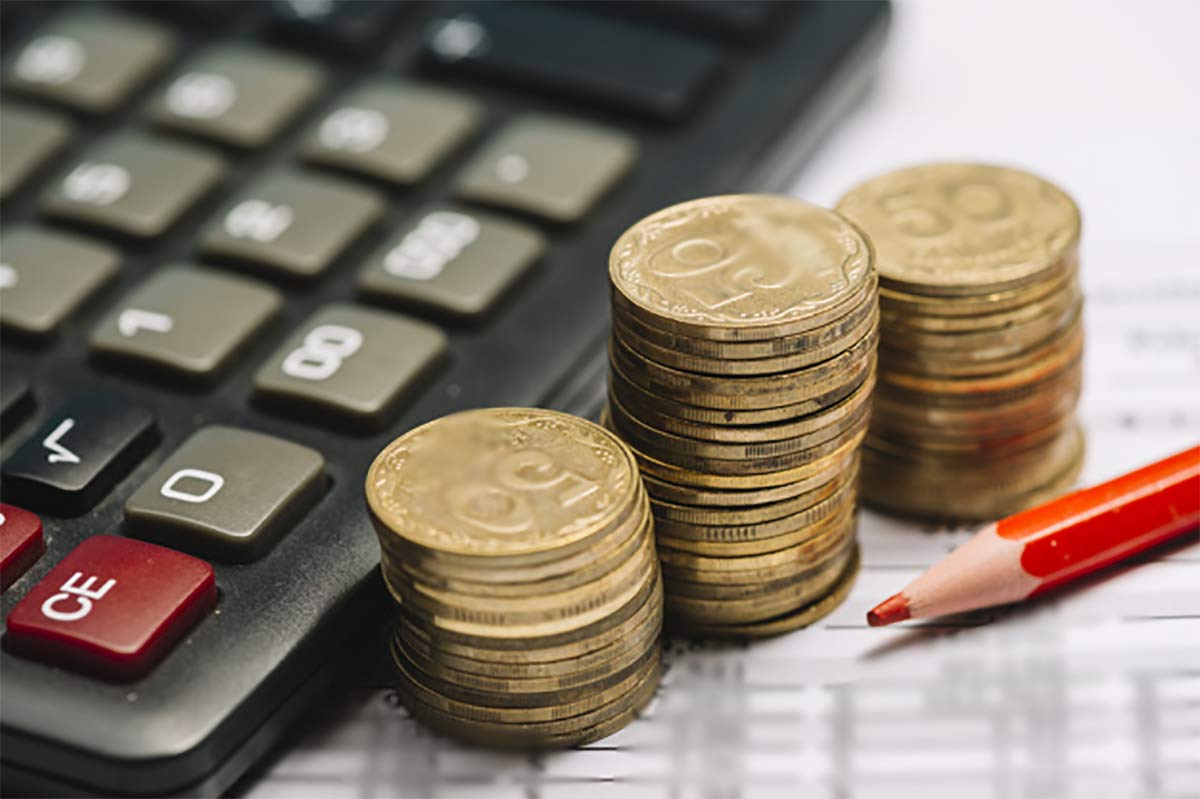A Simplified Classification Of The GST Tax Rates In 2020

With the introduction and implementation of the centralised taxation system, several businesses were clueless about how they would be affected by it. This new system brings about changes in the way that many businesses have functioned since their origin, and we plan to guide you through what you need to know as a business owner and also a citizen of this country.
GST: What is it?
The goods and services tax (GST) is an indirect tax in India on the supply of goods and services for domestic consumption. The GST Act came into effect on 1st July 2017 and has seen several reforms and amendments the following years that made the process of taxation easier, faster, and more uniform across the nation. This article talks about the purpose of GST, the various GST rates and exemptions, and the GST council.
Purpose
GST is a destination-based tax, which means that goods are taxed depending on where they are consumed, not produced. One of the main purposes of GST was to eliminate the cascading effect of taxes, where earlier, a tax was added at every stage of the value chain, compounding the effect by the time the good was purchased by the end-user. The other goal the GST scheme aims to achieve is to bring unified tax rates across the country.
GST Rates
The GST tax rates are divided into five slabs: 0%, 5%, 12%, 18% and 28%. Here are some of the goods and services under each slab:
0% (7% of goods and services) – Essential products like fruits, vegetables, bread, milk, salt, newspapers, and agricultural services have no GST. To boost the hospitality sector in the country, hotels with room charges of less than 1000 rupees per night also come under this slab.
5% (14% of goods and services) – Some types of apparel and footwear, creams, kerosene, coal, small restaurants, and economy air tickets are taxed at 5%. Tax on electric vehicles has been reduced to 5% recently to stimulate the automotive sector, particularly those manufacturing green vehicles.
12% (15% of goods and services) – Indoor games, business-class air tickets, real estate (increased from 6%) and edibles like frozen meat products are taxed at 12%.
18% (43% of goods and services) – Biscuits, electronics, smartphones, AC and luxury restaurants, IT services and financial services are taxed at 18%.
28% (19% of goods and services) – Luxury items are taxed the most, like caffeinated drinks (increased from 18%), vacuum cleaners, washing machines, automobiles, movie tickets worth above 1000, and state-run lotteries. Some goods within this tax slab have an associated compensation cess (levied in addition to the GST rate) like chewing tobacco (160%) and pan masala (60% cess). The central government collects the cess and distributes it to the states that manufacture the products to compensate for any losses since GST is a destination-based tax.
GST Exemptions
Exemptions for Goods and Services
Some goods and services do not fall into any of these slabs. For example, cut and polished semi-precious stones are taxed at 0.25% (earlier 3%). Petroleum products have tax in the form of a state-wise VAT: Andaman and Nicobar charge the lowest rate of 6%, while Mumbai charges 39.12% for petrol. Similarly, government-owned liquor is exempt from GST, but each state levies a VAT charge.
Exemptions for Businesses
If you are a small businessman with your annual aggregate less than a certain amount, you are exempt from registering as a normal GST taxpayer. There are schemes in place, like the composition scheme, which allow you to pay nominal taxes.
GST Council
The GST Council is the official body for the implementation of GST rules and taking decisions and making changes in GST. Their main responsibilities include determining tax rates, tax exemption rules, the due date of submitting GST forms, and tax-related laws. GST Council meetings are held regularly, where these rates and other rules are discussed.
The 39th GST Council meeting, held on 14th March 2020, is the latest. Some of the major decisions taken here reducing the GST tax slab to 5% for aircraft MRO (Maintenance, Repair, Overhaul) service companies and extending the filing date for the GSTR-1, GSTR-2A & GSTR-3B forms up to September 2020. You can be aware of how prices of goods will change by reading the reports of the GST council meetings about the modifications to tax slabs.
Conclusion
If you are a small businessman or someone not familiar with how to file returns or pay taxes online, you don’t have to worry anymore. Several companies like Khatabook offer GST customer care along with a host of other software solutions to handle your business online with ease. Now, you can stay up to date with the latest tax rates, procedures and schemes related to the GST.








